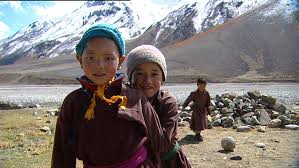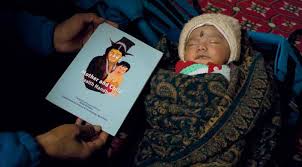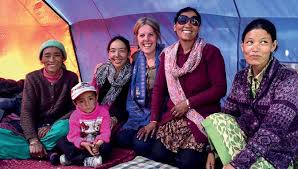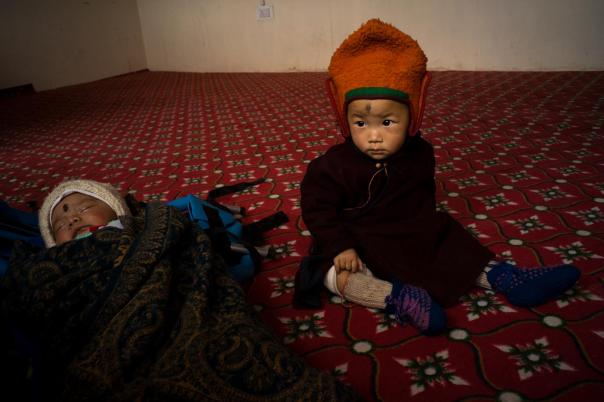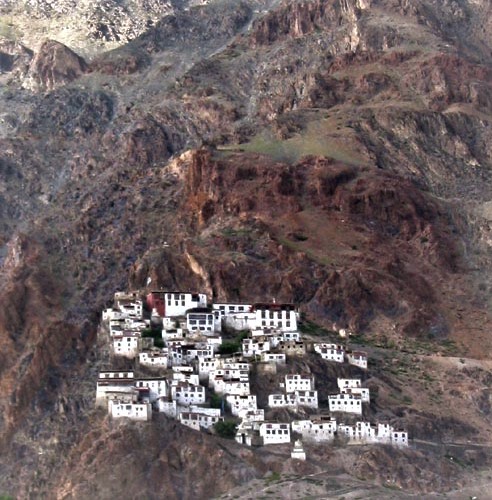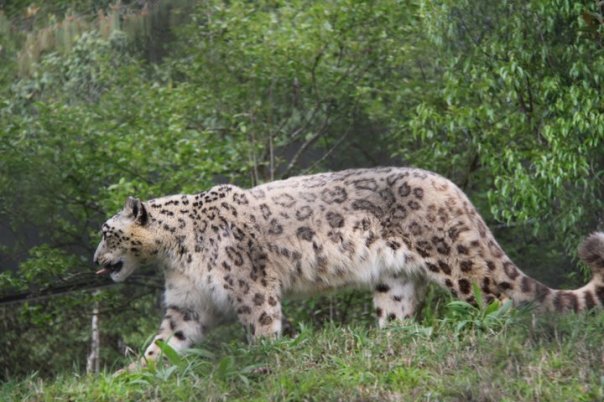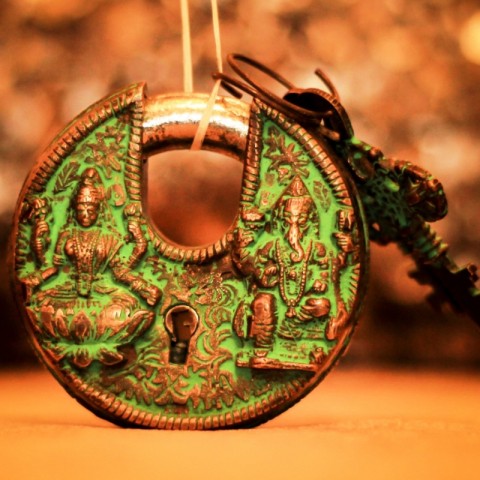
Aligarh or Kol in Western Uttar Pradesh is a wonderful Location of Traditional Knowledge Skills. It provides the potential for Economic Growth, for Skill Development and Employment. With a majoritarian mandate for the BJP, the excitement and aspiration of the people of the largest Democracy are just lying to be tapped especially regarding real-time economic growth. The sector of Traditional Knowledge Skills is one of the largest self-organized skill sectors. A nudge, small investment, and innovations and zoom a difference can be made. Development which is environmentally friendly and provides equity for all.
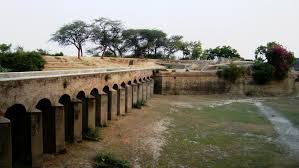
Aligarh: Located in Western Uttar Pradesh, it lies in one of the most fertile alluvial plain of the world The Doab- Land between the Ganga and Yamuna. It can be an ideal location for innovative programs on Food Security and organic farming, Heritage Tourism one which will create jobs and growth

This short blog offers inventive thoughts on the potential for economic development by highlighting Small Heritage windows:
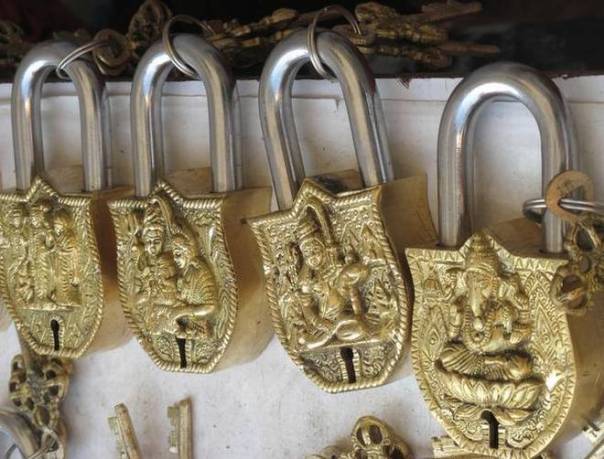
The Heritage of Metals: A Bonanza for High Lifestyle and Tourism
- Heritage of Unbelievable Locks: Walking down the busy bazaar, one comes across a fascinating array of locks – with Lions, Fish designs, handcuff (Hathkadri) and even ones with false holes. A small innovative input can push this dying small scale industry to expand and revive. It is an industry that can add to the tourism sector, construction sector and to the High Fashion Lifestyle. The indigenous traditional method of casting locks can be factored as unique residency programs on creative city tourism.
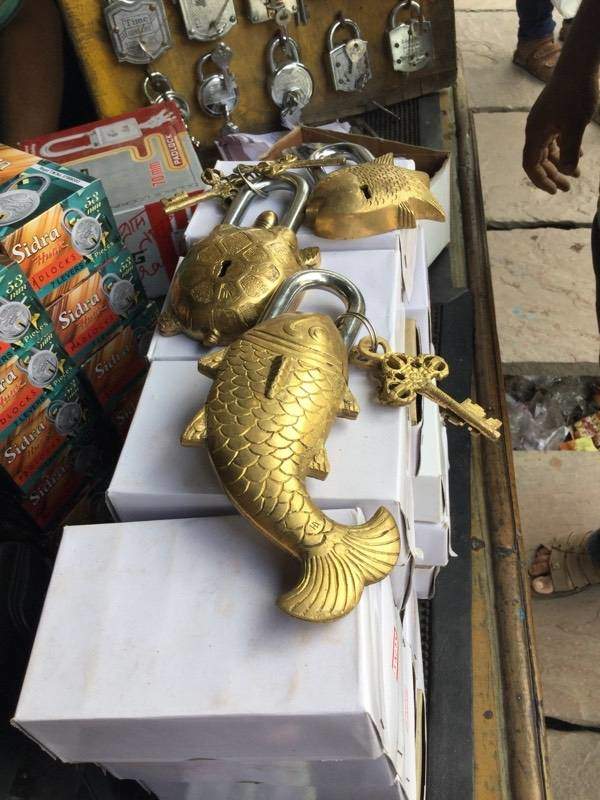
- Brass: The stunning array of Brass offers a huge variety of ritual objects such as Gods and Goddesses of India and other functional and decorative objects.
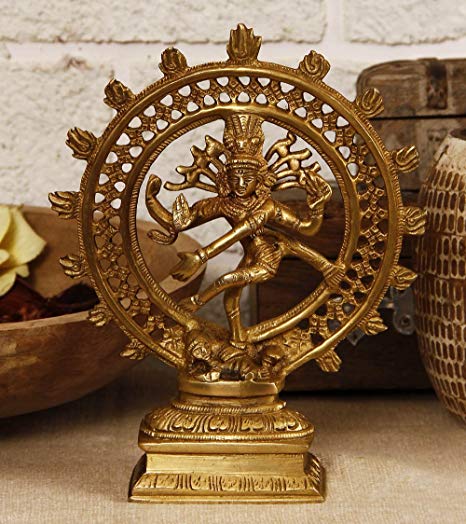
Of Fashion, Language, and Cuisine

It is said that a person from Aligarh can speak on any topic under the sun with the same energy as the one next to him who started the topic of conversation. Poetry laced conversation and it can match the old culture of Rampur and Lucknow. A diverse, and spicy culture representing the idiom of colorful India; how can one miss out the elegant and style statement in the Aligarhi Pajama? Yes, the fashion industry is welcome to invest in a city of Heritage Skills.

Cuisine: Almost all towns of our Uttar Pradesh are famous for some or other food delicacy. Aligarh is lesser known. Have you heard of Gulatthi, similar to the rice-based Kheer? Rich, creamy, with Khoya (dried milk) and dry fruits, it takes one back to the days of the exotica of the Royal Nawabs. Along with is the famous Sibbooji ki Kachori, whose aroma of spices and Ghee fill the air as the crisp kachori goes into your mouth, all its spices are ground by the 5th generation of the family of this unique dish.
Not for Profit Organizations and citizens like Udaan are addressing issues such as Water, Jobs, Old age care. We look forward to our new government to create Aligarh one of the model locations for jobs, traditional skill development, and Food Security.
Share on Facebook, Whatsapp , Twitter and Instagram
Follow: @navinajafa
